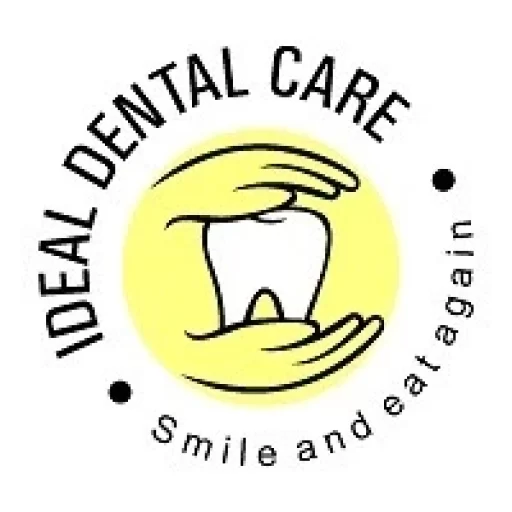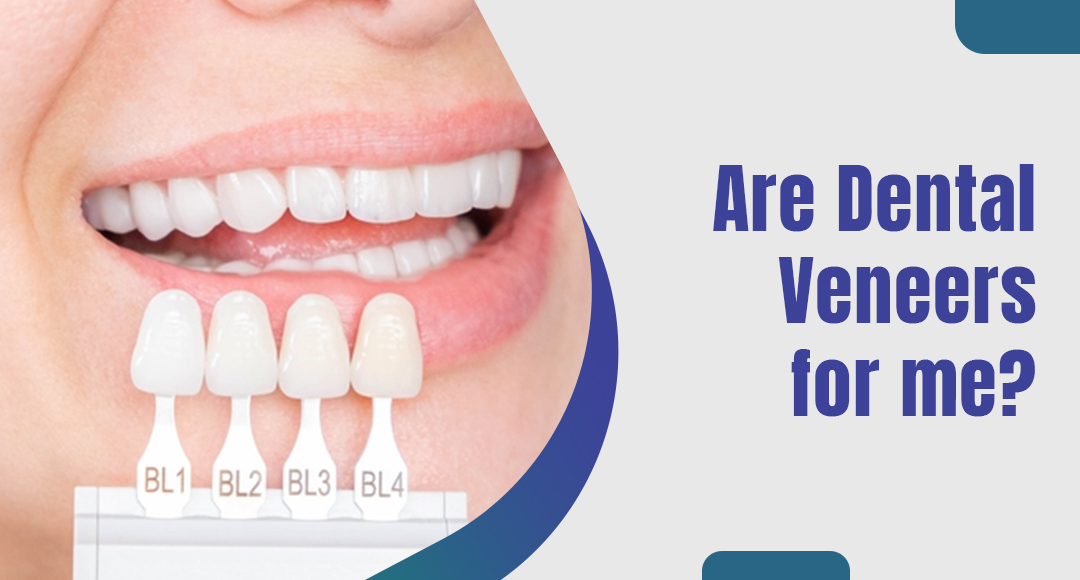ARE DENTAL VENEERS FOR ME?
Veneers are one of the popular cosmetic dentistry procedures. Dental veneers are thin shells custom-made to slip over the front surfaces of the teeth. They hide imperfections such as cracks, chips, stains, and more. Depending on one’s objectives, there are various types of veneers available. This blog discusses dental veneers, types of dental veneers, why they are used, the procedure of dental veneers, and more.
What are Dental Veneers?
Dental veneers, which are also called porcelain veneers or dental laminates, are thin, tooth-colored, custom-made shells covering teeth’s front surfaces. These casings are attached to the front of the teeth and can change the teeth’s color, form, size, or length.
Veneers for teeth are commonly made with materials like Porcelain or composite resin . Porcelain veneers are more stain resistant than resin veneers. They also closely resemble the light-reflecting qualities of natural teeth. You can consult your dentist about the best veneer material for your objective and condition.
Types of Dental Veneers
There are four types of dental veneers available, which are:
- Porcelain Veneers – Porcelain is the most aesthetic for dental restorations. It is also the toughest and most durable of all veneer materials. Porcelain laminate veneers are highly biocompatible, which means they rarely cause harm to the gum tissues and other soft tissues of the mouth. Since Porcelain is a natural-looking substance, these veneers can drastically improve the look of your smile. Porcelain veneers are a long-term treatment that requires minor tooth shaving before cementation.




